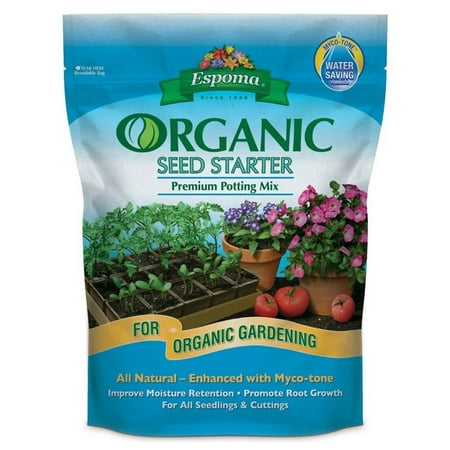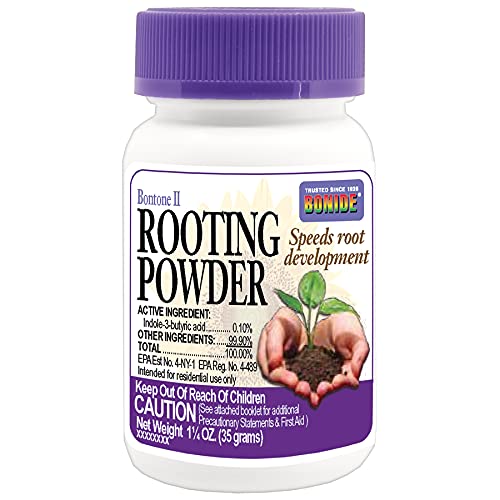7 plants to propagate in September – it's an ideal month for taking lots of cuttings
Expand your collection of shrubs, perennials, and tender plants for free by taking cuttings this month


If you want lots of new plants to add to your backyard next year, that dream can easily be achieved with a little bit of time and effort this month. But it will not be rigorous work, as taking plant cuttings is an enjoyable task and there are many plants you can propagate by cuttings in September.
There are popular flowering shrubs, perennial favorites, and striking tender plants that are all suitable to take cuttings from in September. That potentially means a plethora of new plants for next year and all it will cost you is potentially the price of some compost.
What doesn't sound great about plants for free and the potential for lots of extra blooms? If you have any of the plants mentioned below, your luck is in as you can take plant cuttings this month to boost your collection.
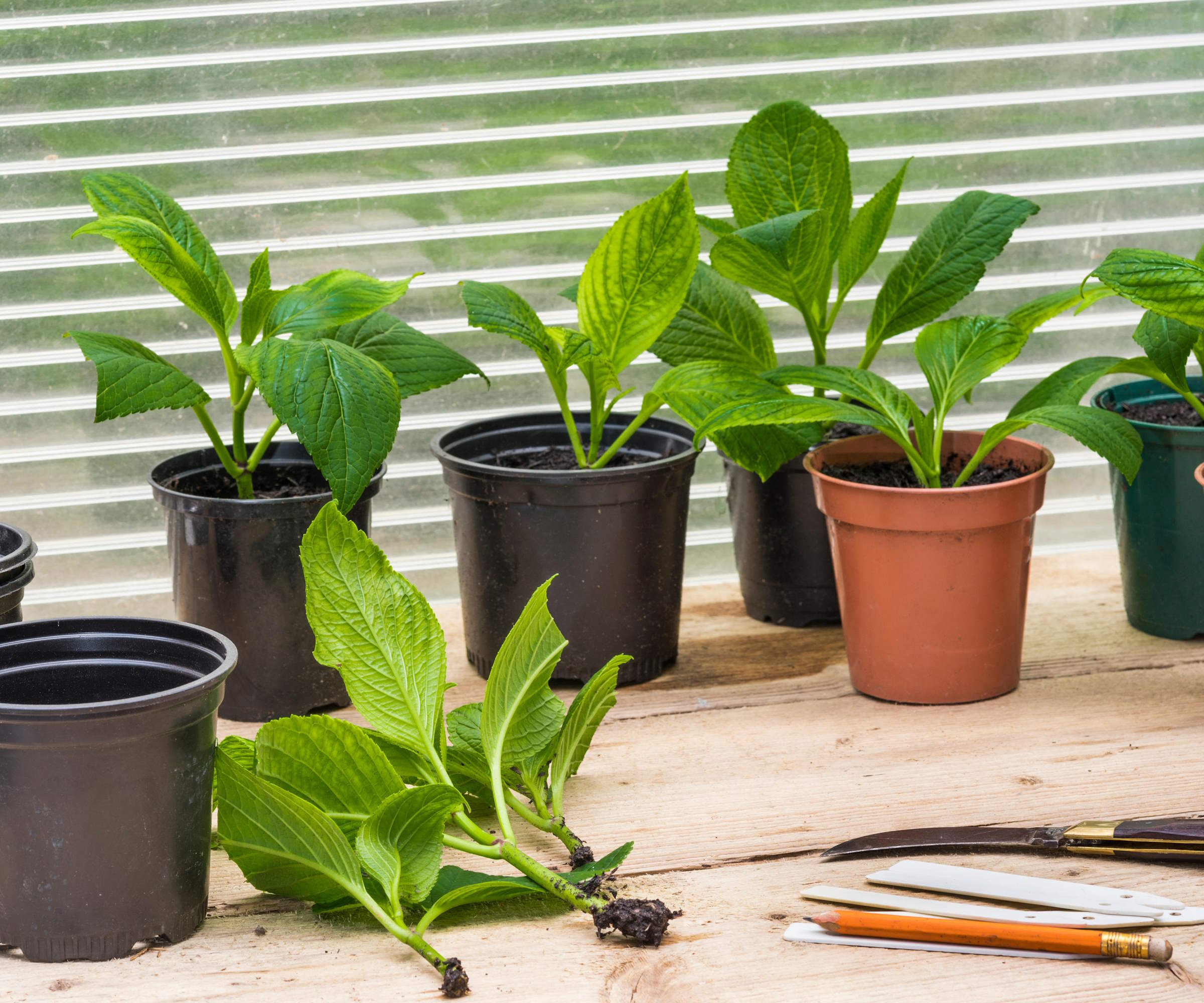
What cuttings can I take in September?
There are a lot of plants that can be propagated by semi-ripe cuttings this month. It is not too late to take cuttings of many of the plants we highlighted in last month’s plants to propagate in August feature, such as lavender, rosemary, salvia, geraniums, verbena, penstemon, and sage. On top of that selection of plants, here are seven more that you can take cuttings from in September.
1. Hydrangea
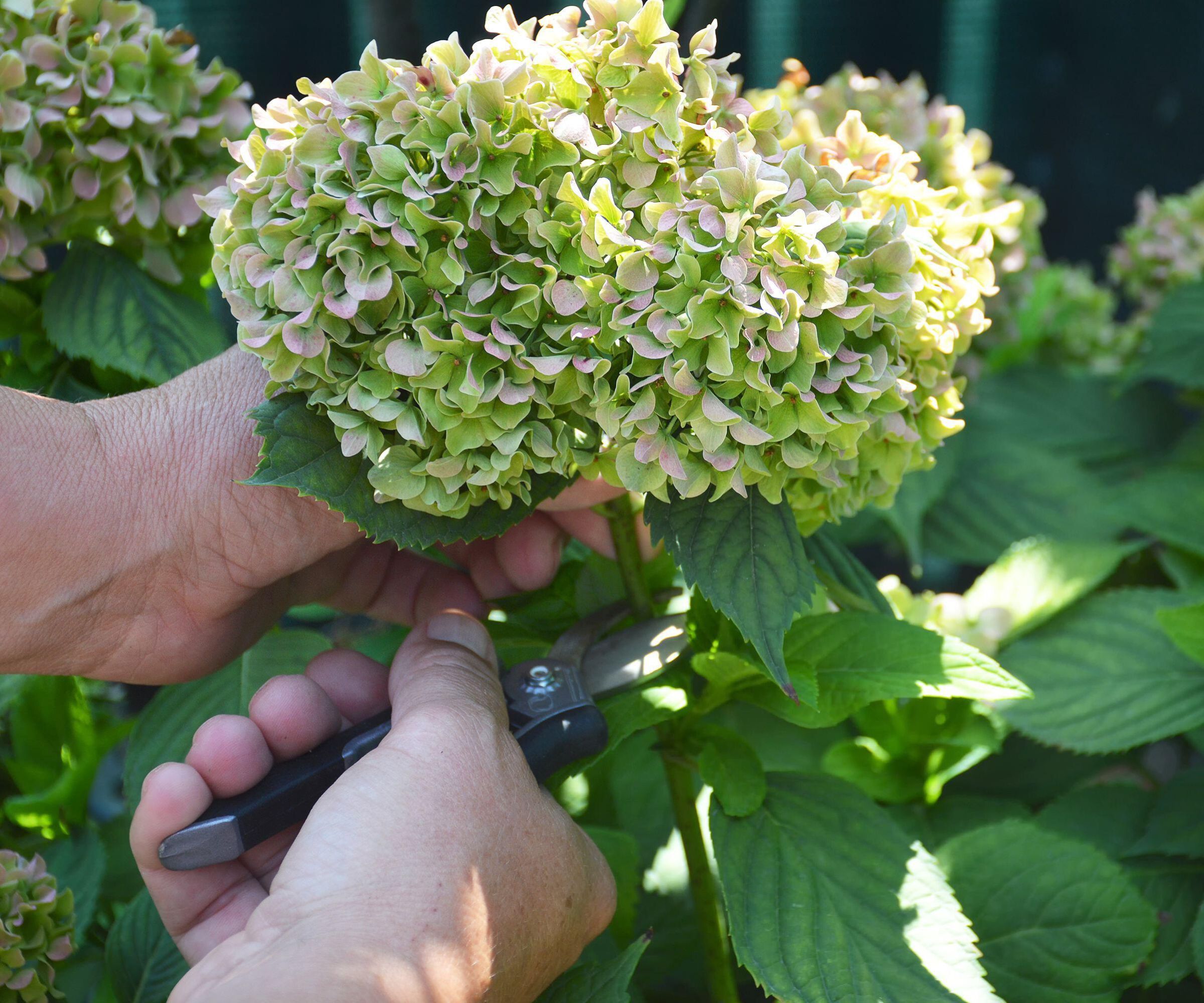
The large and showy flowers of hydrangeas are striking additions to any space. There is a wealth of different hydrangea varieties to choose between, coming in different sizes, flowering styles, and colors - so there is bound to be one for any space.
If you want to propagate hydrangeas, they root easily from semi-ripe cuttings of the current season’s growth taken in late summer. Take 4-6 inch cuttings of healthy non-flowering shoots and place them into a pot filled with gritty compost - you can dip the cutting in rooting hormone to help speed up rooting, but this is not compulsory.
Covering the cuttings with a plastic bag, or placing it in a propagator, can provide humidity and added moisture that will help the cutting to take roots. Once the cutting has rooted, keep it in a greenhouse or cold frame to overwinter ready to transplant in spring.
Design expertise in your inbox – from inspiring decorating ideas and beautiful celebrity homes to practical gardening advice and shopping round-ups.
2. Fuchsia
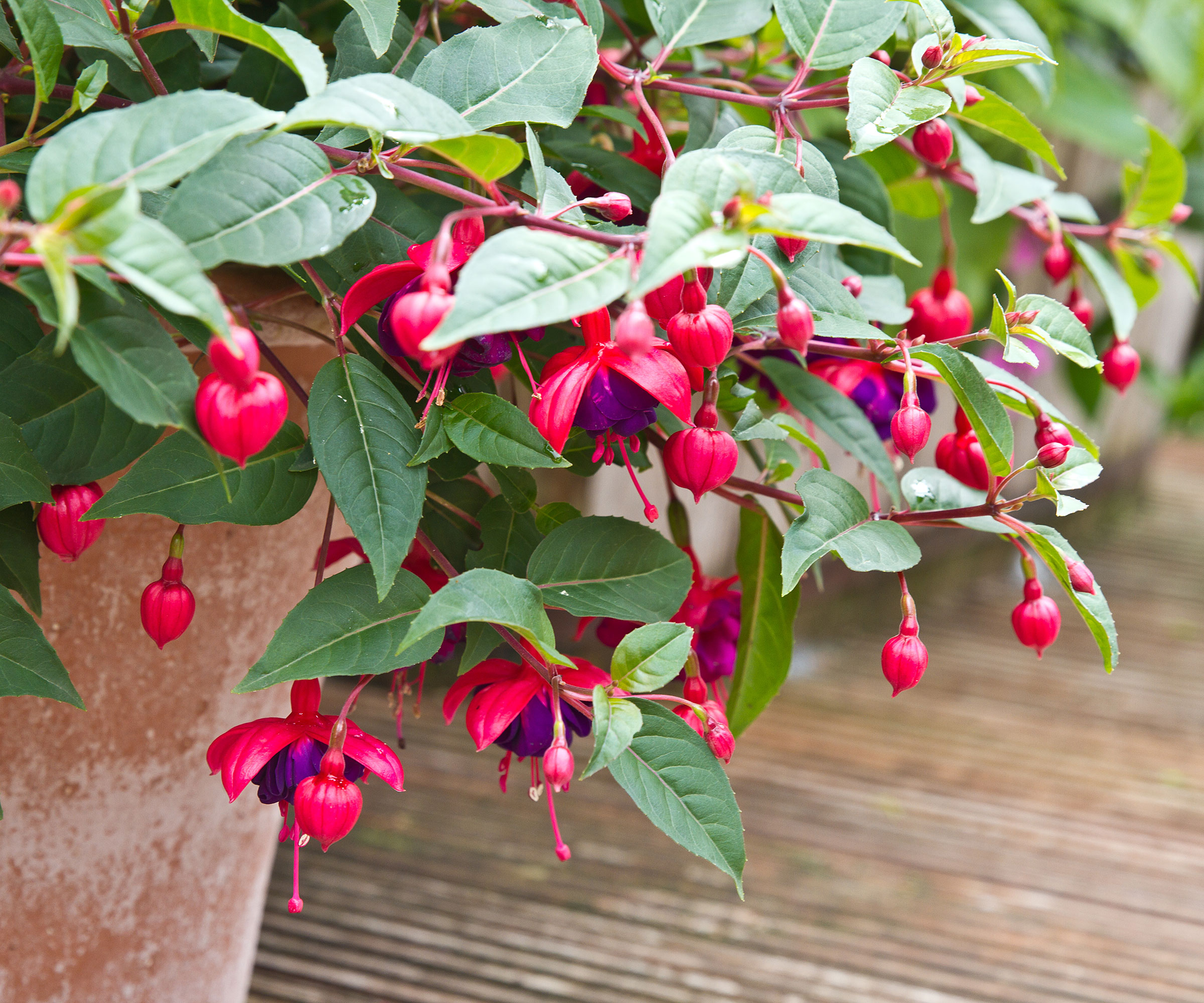
Fuchsia are colorful blooming plants native to South and Central America. There are over 100 species in the genus, with many thriving in tropical and subtropical locations. Fuchsias come in both hardy and half-hardy varieties and taking cuttings can help to boost your plant numbers and mitigate the risks of losing some fuchsias to the winter colds.
The months of August and September are ideal times to take fuchsia cuttings. Take six-inch cuttings, leaving only two leaves at the top, and place in a potting mix for seeds or cuttings. The roots should appear within a month and all fuchsia cuttings benefit from being kept indoors for their first winter.
As fuchsias root so simply from cuttings, taking them from your favorite fuchsias means you can always have new plants to grow your collection with little fuss - and you get these new plants for free.
3. Hebe
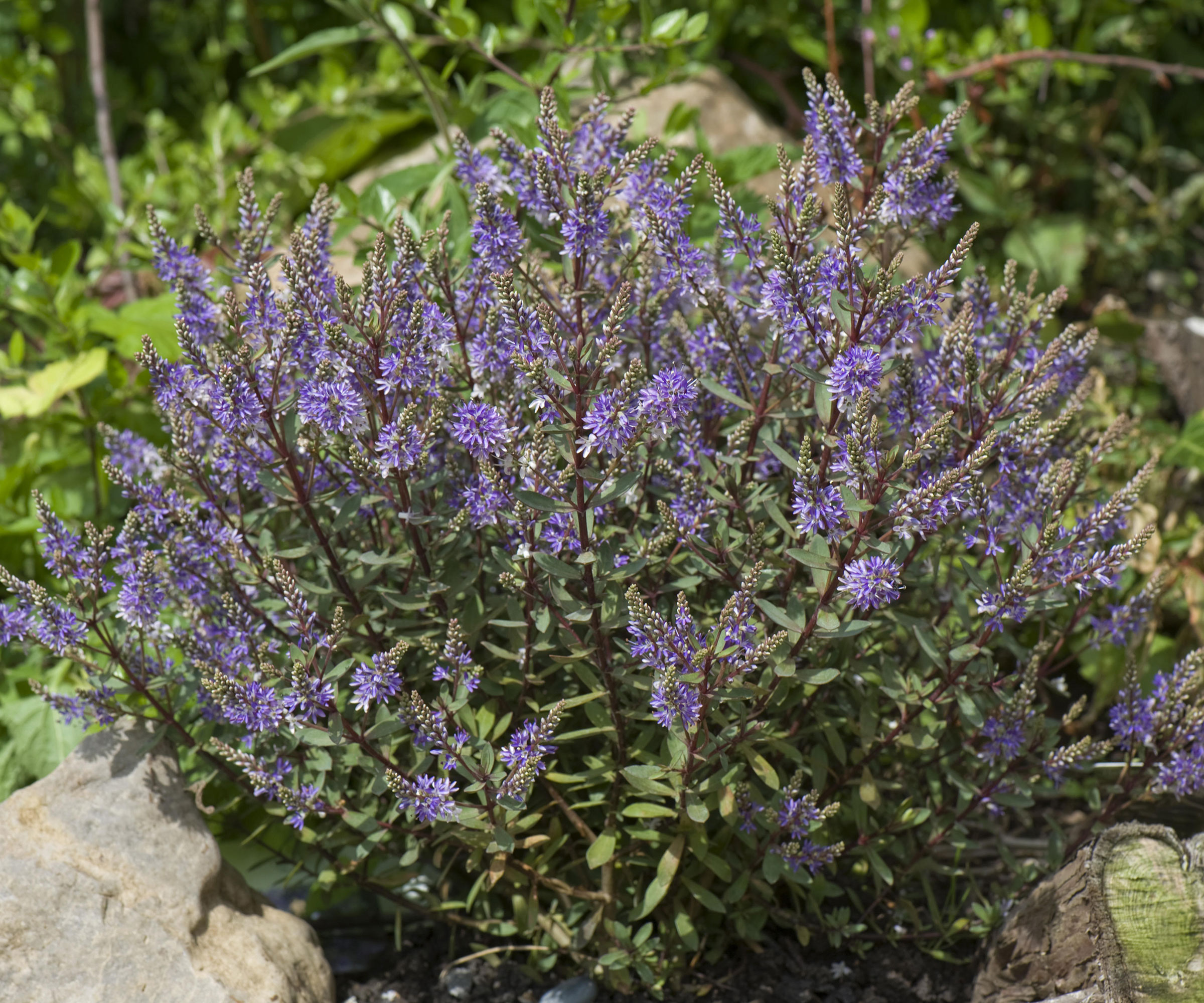
Hebes are evergreen shrubs with bottlebrush flowering spikes in summer that come in shades of purple, pink, and white. They are highly versatile plants, ranging from compact types to larger hebes ideal for flower beds and borders, while different varieties can offer variegated foliage or leaves tinged with pink or silver.
The flowering shrubs can be short-lived, often with a lifespan of under ten years, and some forms are more tender. This is where it is beneficial to take cuttings. Hebes will root well from cuttings in late summer so you can have a new generation of identical plants, or replacements in case you lose tender hebes in winter. It is a cheaper way to replace your hebes than buying new plants each time.
Place 4-6 inch cuttings, snipped at the base at a node, into pots filled with a free-draining potting mix, and keep them out of direct sunlight. The cuttings should root within a month when the soil is kept moist, but not sodden, and each will need potting into larger pots to grow on until they are planted in spring.
4. Coleus
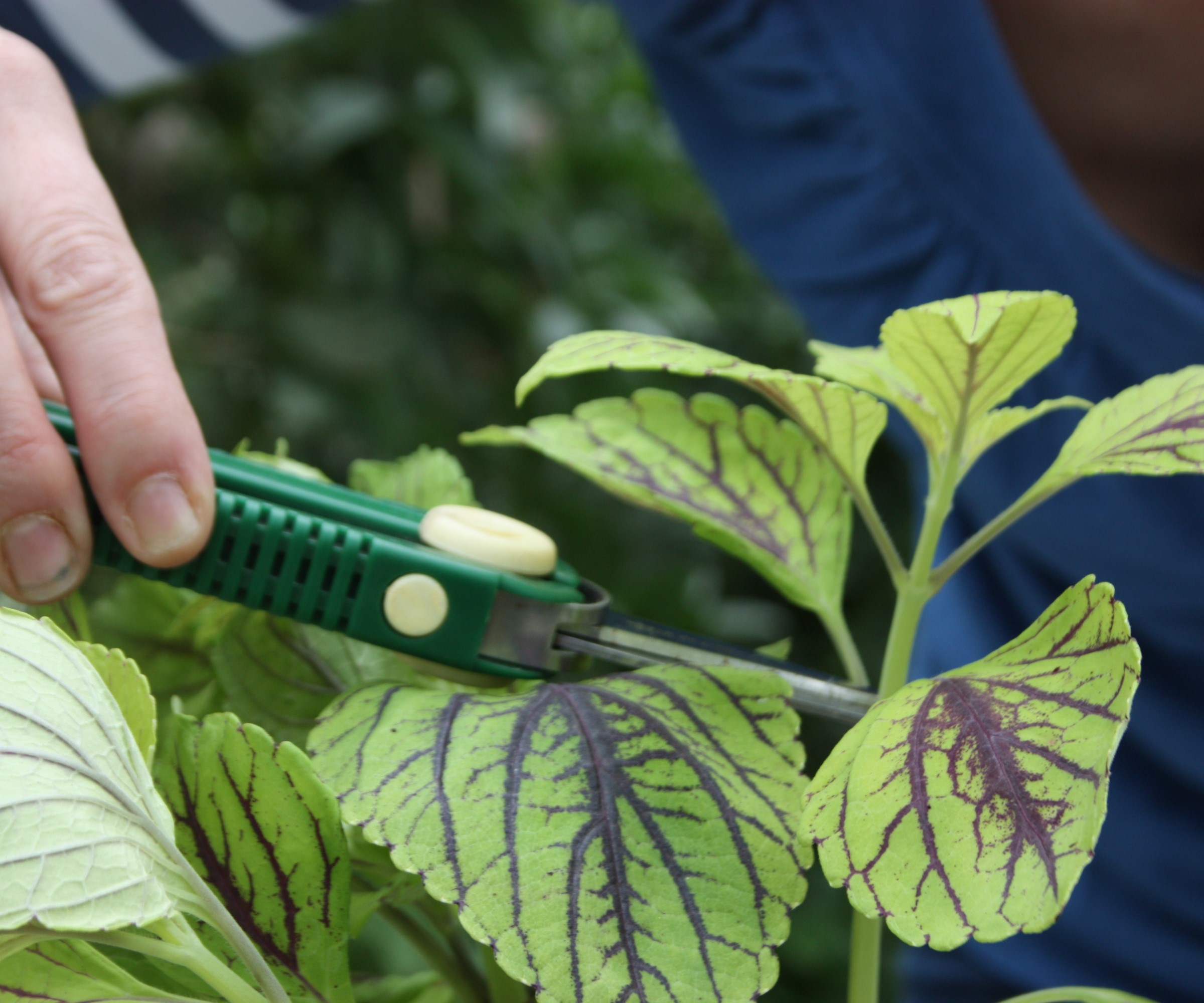
The vibrant and colorful foliage of coleus plants brings a tropical garden feel whether they are growing indoors or outdoors. Coleus are valuable shade plants and ideal container plants for a shady spot.
There is no denying that these plants love heat and are only hardy in US hardiness zones 10 and 11, so growers outside of these must cultivate them as annuals, lift and overwinter them indoors, or grow new plants each year.
Coleus can be grown from seed, however, another simple solution is to propagate coleus from cuttings. Cuttings taken in late summer can overwinter in a protected space and be added to the garden in spring.
A good cutting from a healthy coleus will be 4-6 inches long and covered with a plastic bag, or humidity dome, to keep them moist. Keep the cutting in indirect light, not direct sun that can scorch it. Coleus cuttings can be propagated in water or soil.
5. Butterfly bush
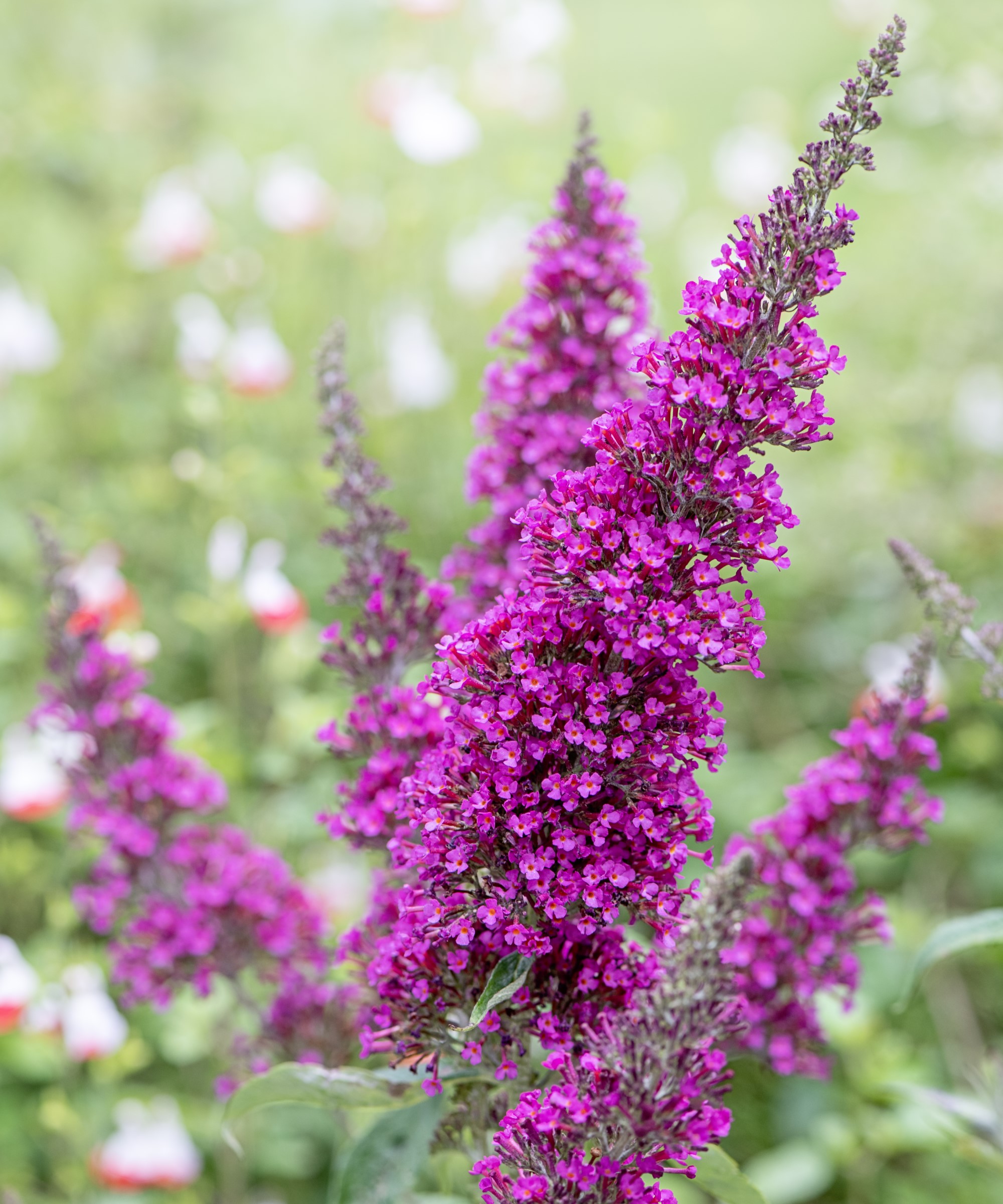
One of the most popular backyard shrubs, a butterfly bush stuns with its spectacular and colorful flowering spikes that butterflies, bees, hummingbirds, and more adore. The plants are dramatic and impactful and, as fast-growing shrubs, can quickly become a focal part of any backyard.
If you want to expand your butterfly bush collection, the good news is that they can be grown from cuttings throughout summer - and there is still time in late summer and early fall.
Take 4-6 inch cuttings of this year’s growth, that has no flowers, and remove all foliage bar the top 2-3 leaves. Place this into a pot filled with compost, put it somewhere warm, and keep it moist. Butterfly bush cuttings should root in 3-6 weeks and be kept indoors over winter to plant in the garden next spring.
6. Camellia
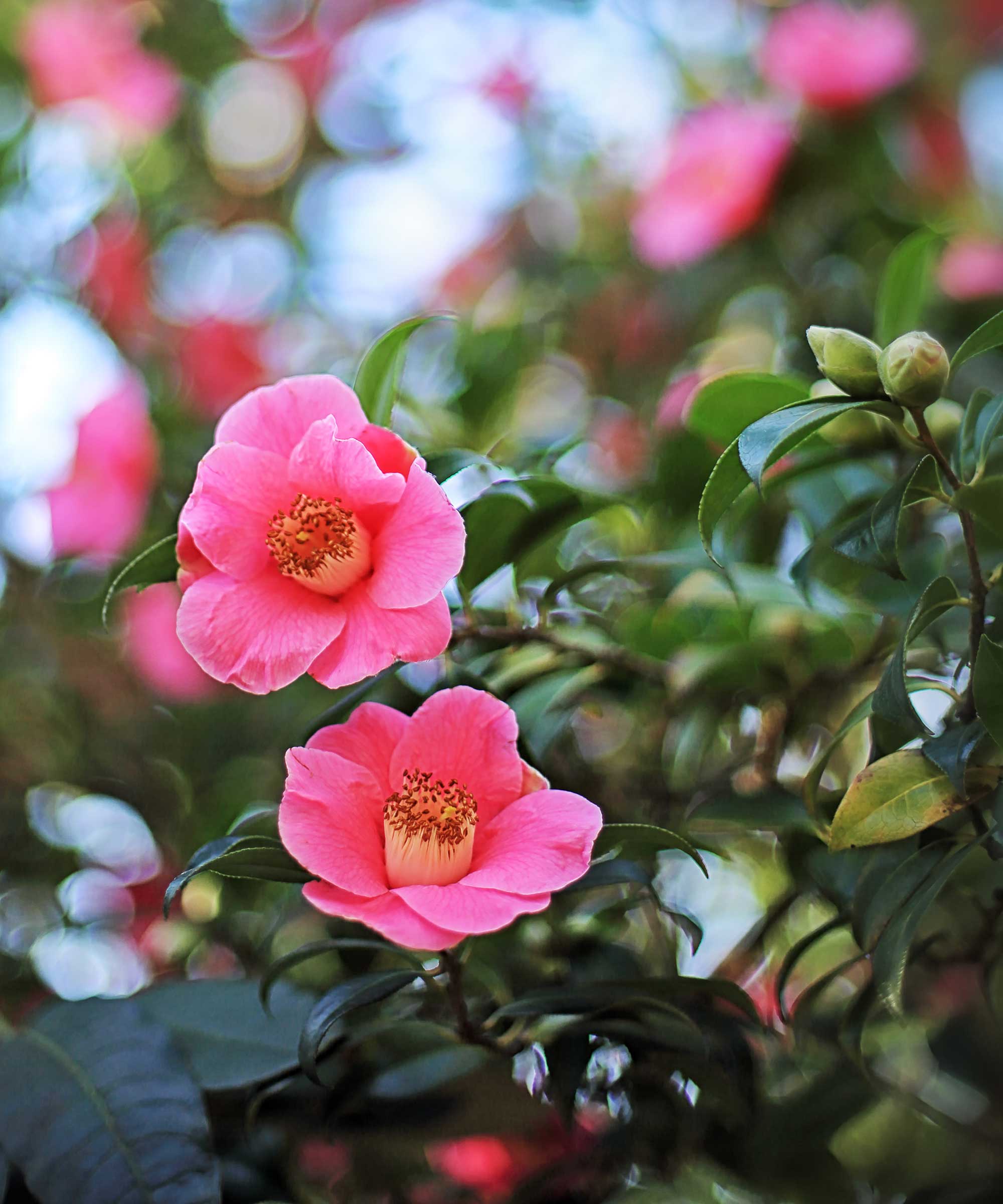
Few evergreen shrubs come to the fore in winter and spring more than camellias. Their dramatic and large flowers are a bright spark at a time when there is little other color. Even when they are not in flower, camellias play a valuable part in backyard ideas as their glossy leaves complement other flowering plants.
Camellia cuttings can be taken this month from the current season’s growth. Depending on your climate, the new growth should have developed from green to brown and be bendable - it wants to be neither floppy nor too rigid to bend.
Take a 4-6 inch cutting, as with other shrubs outlined above, cutting the base at an angle and scraping a small amount of bark away to expose the stem at the end. Place up to four camellia cuttings in a pot. It may take 2-4 months for the cutting to root, at which time each one will want putting into an individual pot.
7. Lemon verbena
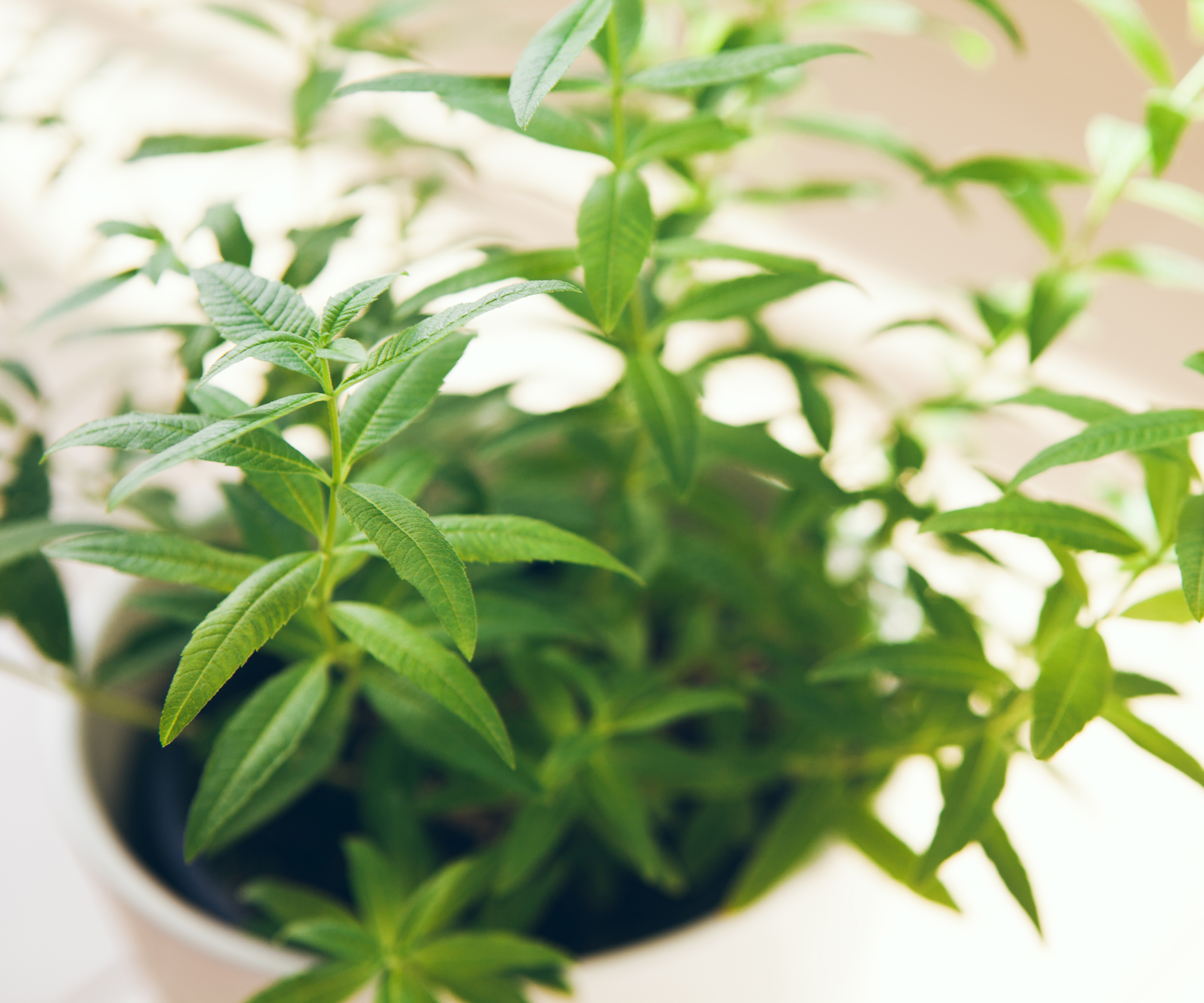
The citrusy aroma of lemon verbena is a fantastic addition to any balcony herb garden or backyard kitchen garden. That lemon scent from the herb is given off whenever you brush the plant and the leaves cab be used fresh in cooking, desserts, preserves, or to brew into teas.
Lemon verbena is hardy is US hardiness zones 8-11, however, it can be easily grown year-after-year in cooler climates through taking cuttings in late summer or early fall. Take semi-ripe cuttings of healthy stems to root indoors and grow over winter.
If you are seeking other aromatic herbs that can be grown from cuttings in September, the likes of lavender, rosemary, thyme, and sage can all easily be propagated through semi-ripe cuttings this month.
Shop products for plant cuttings
FAQs
Can you take lavender cuttings in September?
September is an ideal time to propagate lavender from cuttings. This simple and reliable method can give you lots of new lavender plants to add to your garden. It is key to pick non-flowering and healthy lavender shoots and root them out of direct sunlight. Lavender should root quickly from cuttings and they can be overwintered successfully in a greenhouse.
Can I take geranium cuttings in September?
Tender geraniums, also known commonly as pelargoniums, are not hardy and these geraniums need to be overwintered. Taking cuttings is a sensible way to ensure you have more of these plants in case the worst happens and September is a good time to propagate them from cuttings. Tender geraniums can be propagated in soil or in water this month.
Can you take rose cuttings in September?
Rose cuttings are most commonly done as hardwood or softwood cuttings, which should be done in winter and late spring respectively. The third option is to take semi-hardwood cuttings in late summer or early fall. These cuttings can be taken in September and should root in 6-8 weeks.
If taking all those cuttings this month has wet your appetite for getting ahead for next year, there are flowers to plant in September that can give you early blooms in spring. By sowing flower seeds and starting to plant spring bulbs this month, your garden can be full of color come spring next year.

Drew has worked as a writer since 2008 and was also a professional gardener for many years. As a trained horticulturist, he worked in prestigious historic gardens, including Hanbury Hall and the world-famous Hidcote Manor Garden. He also spent time as a specialist kitchen gardener at Soho Farmhouse and Netherby Hall, where he grew vegetables, fruit, herbs, and cut flowers for restaurants. Drew has written for numerous print and online publications and is an allotment holder and garden blogger. He is shortlisted for the Digital Gardening Writer of the Year at the 2025 Garden Media Guild Awards.
